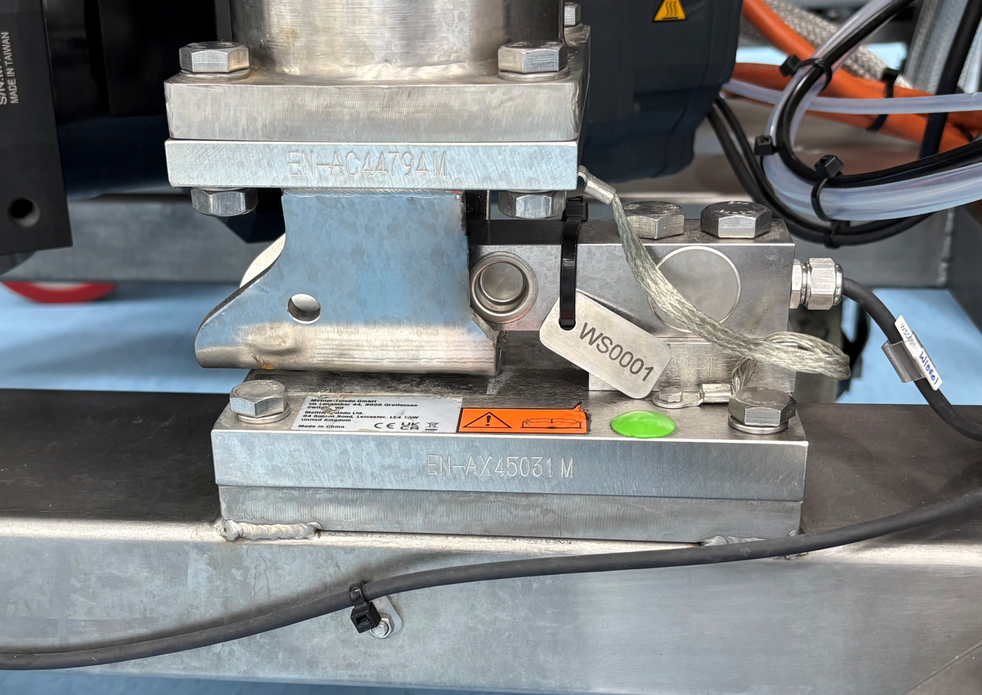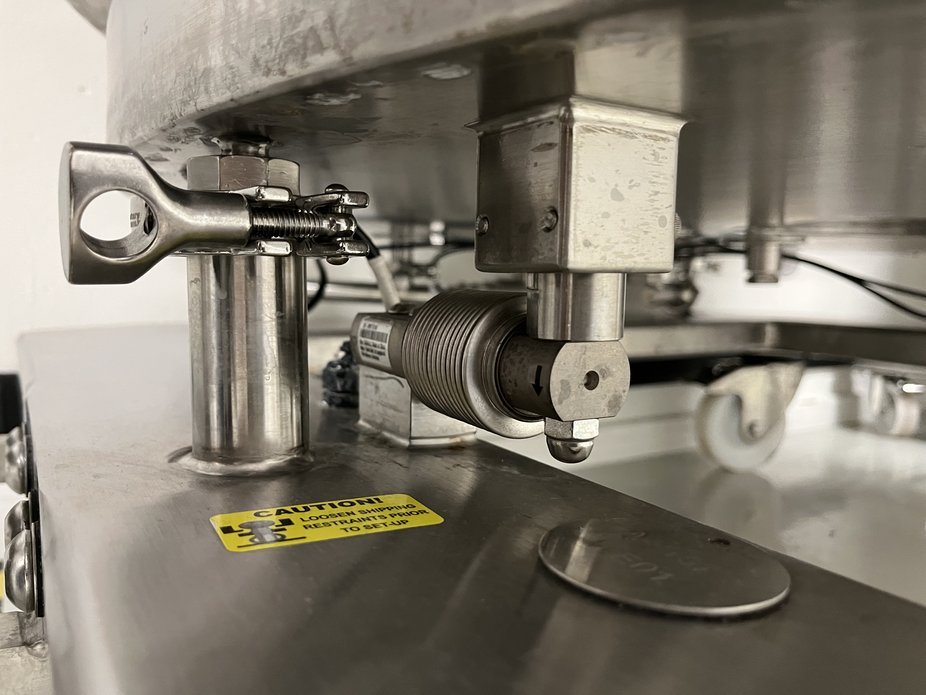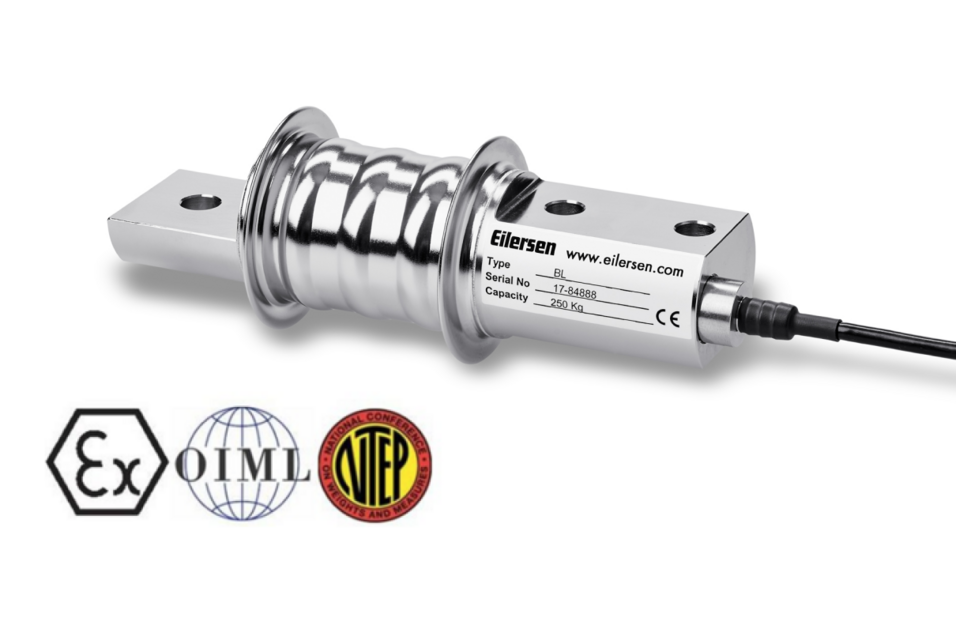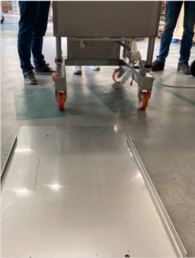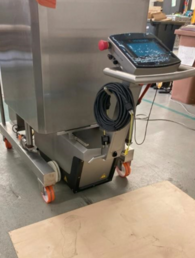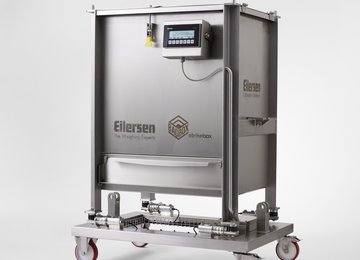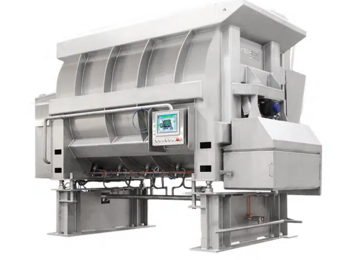A large international biopharma manufacturer encountered several challenges when pushing around their mobile totes equipped with strain gage load cells. During daily activities, mobile totes are frequently pushed around carrying bags of liquids. To prevent the load cells from being overloaded, many strain gage load cells are installed with some variety of mechanical protection such as brackets or stay rods. During high sideloads the stay rods and brackets protect the load cell. However, after impact, the tension between the load cells and stay rods affects the weight reading and accuracy, causing a need for recalibration of the entire weighing system. Such issues are well documented and caused by simple movements such as technicians turning the tote around corners, pushing, or pulling the tote. Key limitations relating to the use of strain gage load cells include:
- Strain gage load cells can be overloaded by the impact occurring when rolling over bumps and uneven surfaces when moved between locations.
- Strain gage load cells can be overloaded when being pushed around the facility using an electrical mover.
- Strain gage load cells can be overloaded by the sloshing of liquids in the mobile tote during transportation.
- The mechanical elements protecting the strain gage load cells introduce tension that influences weight reading and accuracy.
If the technicians suspect that the load cells on a mobile tote have been overloaded, a recalibration of the weighing system is required. This process will take the tote out of production for several hours and can cost thousands of dollars, due to the use of expensive single-use bags, a large volume of purified water, and time spent on documentation.
To overcome these challenges, the biopharma manufacturer installed a mechanical “transport lock” by each strain gage load cell to protect the load cell from the impact of bumps and sloshing liquids whenever the tote was moved around the facility. For this system to work properly, the daily operators would have to manually engage and disengage the brackets before and after moving the tote. In practice this action was frequently forgotten, causing deviations, and requiring recalibration of the weighing systems. To solve this important issue, the biopharma manufacturer approached the Belgian mechanical and electrotechnical engineering firm, specializing in the design and production of parts for pharmaceutical companies.





